 W
WIlie Antonescu was a major general of the Romanian Armed Forces during World War II.
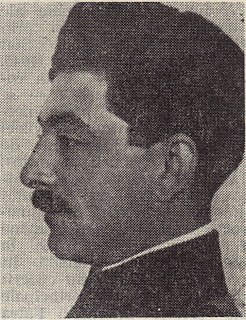 W
WConstantion Bădescu was a Romanian brigadier-general during World War II.
 W
WEmanoil Bârzotescu was a Romanian major general during World War II.
 W
WMihail Cămărașu was a Romanian lieutenant-general during World War II.
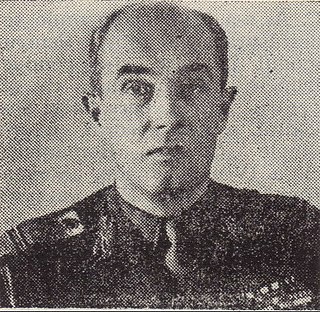 W
WNicolae Cambrea was a Romanian brigadier-general during World War II. In 1942, heserved as Chief of Staff 5th Division. He was briefly a Soviet prisoner-of-war, but the following year joined his captors and became General Officer Commanding of the Tudor Vladimirescu Division. He was Vice Chief General Staff in 1945, Deputy General Officer Commanding 2nd Military Region in 1947, Commandant Army Instruction Center in 1948, and General Officer Commanding 3rd Military Region in 1949. Cambrea retired in 1950.
 W
WDumitru Carlaonț was a Romanian major-general during World War II, who is known for being imprisoned and acquitted for war crimes three times. He was the younger brother of General Ioan Carlaonț.
 W
WMarin Ceaușu was a Romanian brigadier-general during World War II.
 W
WMihail Cerchez Cristodulo (1839–1885) was a Romanian general.
 W
WPlaton Chirnoagă was a Romanian brigadier-general during World War II.
 W
WHenri Cihoski was a Romanian lieutenant-general during World War I, and Minister of War from 1928 to 1930.
 W
WConstantin Coandă was a Romanian soldier and politician.
 W
WConstantin Constantinescu-Claps was a Romanian military commander during the Second Balkan War, World War I and World War II, condemned as a military criminal in the Communist Romania at the end of World War II.
 W
WNicolae Costescu (1888-1963) was a Romanian brigadier-general during World War II. He served as Director Higher Infantry Department in 1941, and later that year became General Officer Commanding 18th Division. He was Director Higher Infantry Department in 1942, and retired that year.
 W
WCrețulescu was a Romanian major-general during World War II. He was Chief of Staff IV Corps in 1941, and became Commanding Officer 9th Brigade later that year. In 1944, he held a series of positions: General Officer Commanding 104th Mountain Command, General Officer Commanding 103rd Mountain Division, General Officer Commanding 4th Mountain Division, Under-Secretary of State for Land Forces, and finally Vice Chief General Staff. In 1945, he was General Officer Commanding Frontier Troops. In 1947, Crețulescu served as Deputy General Officer Commanding 1st Military Region and then Chief of Staff 1st Military Region. He retired in 1948.
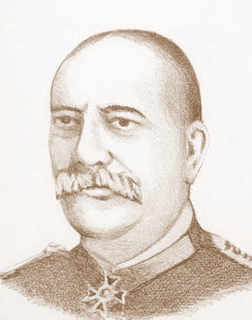 W
WCleante Davidoglu (1871–1947) was a Romanian major general during World War I and its immediate aftermath, who served as commander of the Gendarmerie from 1927 to 1928.
 W
WDumitru Dediu was pilot in the Romanian Air Force and cosmonaut candidate that was assigned as the backup for Dumitru Prunariu.
 W
WIoan Dicezare was a leading Romanian fighter pilot and flying ace in World War II. He was born and died in Bucharest.
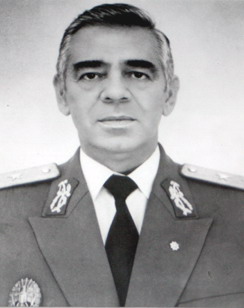 W
WȘtefan Gușă or Gușe was a Romanian general who was the Chief of the General Staff of the Romanian Armed Forces between 1986 and 1989.
 W
WAlexandru Ioanițiu was a Romanian major general.
 W
WEmanoil Ionescu was a Romanian General during World War II and commander of the Romanian Air Force's Corpul I Aerian.
 W
WGheorghe Manoliu was a Romanian General during World War II.
 W
WGheorghe D. Mărdărescu was a Romanian army major general during World War I and a commander during the Hungarian–Romanian War. He was Romanian Minister of War from 20 April 1922 to 29 March 1926.
 W
WLeonard Mociulschi was a Romanian Major General of Polish origin during World War II.
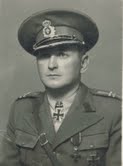 W
WGheorghe Răscănescu was a Romanian officer during World War II. He was born in Crăcăoani, Neamţ County. He was a recipient of the Knight's Cross of the Iron Cross of Nazi Germany for his actions at Stalingrad. Sentenced to 10 years for “trying to overthrow the political order”; released from prison in 1962.
 W
WVictor Atanasie Stănculescu was a Romanian general during the Communist era. He played a central role in the overthrow of the dictatorship by refusing to carry out the orders of Romanian dictator Nicolae Ceaușescu during the Romanian Revolution of 1989. His inaction allowed the citizens demonstrating in Bucharest against the government to seize control. In addition, as a defense minister on 25 December 1989, Stanculescu organized the trial and execution of Nicolae Ceaușescu and Elena Ceaușescu.
 W
WCorneliu Teodorini was a Romanian general during World War II. He was a recipient of the Knight's Cross of the Iron Cross with Oak Leaves.